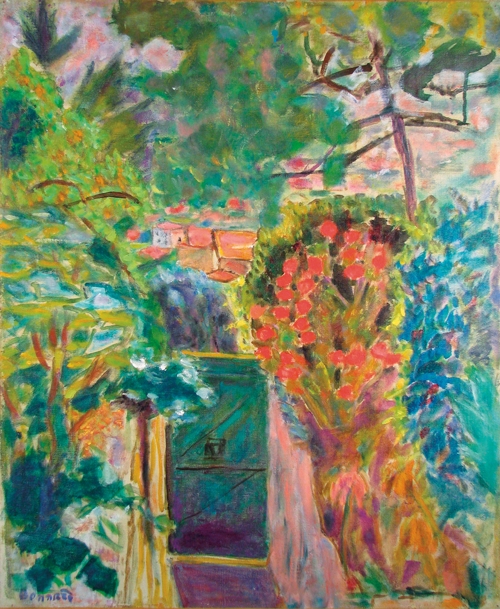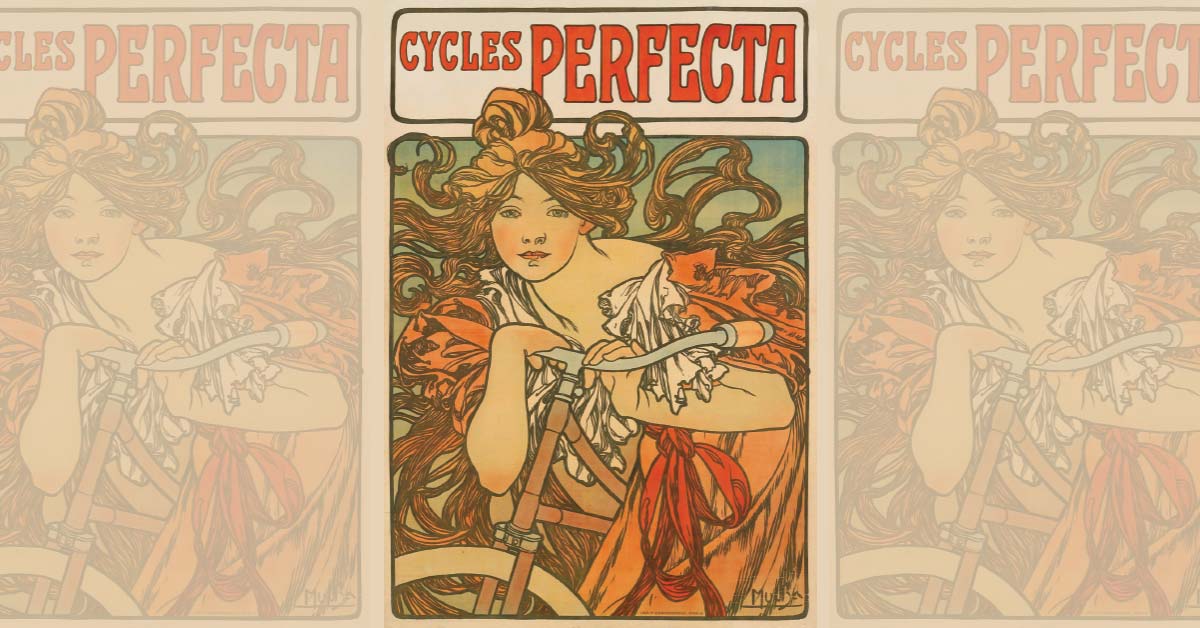In an epic example of creating a unique exhibit from the permanent collection, Muskegon Museum of Art’s "Edward S. Curtis: The North American Indian" encompasses more than 80 percent of its gallery space.
But walking into the museum’s Cannon Gallery, visitors are taken back a century (or two, or five) with serene landscapes, serious portraits and restored still-lifes hanging in fanciful frames.
Anticipating an increase in visitors during Curtis’ four-month run (attendance is up more than 100 percent) the museum’s curatorial staff wanted to showcase the museum’s best of the best, the masterpieces that have put it on the map as a world-class art institution.
The MMA’s permanent collection exhibition, Pictures of the Best Kind, has been reconfigured in the Cannon Gallery to highlight its core works purchased or donated over the last century, along with several recent acquisitions in honor of the museum’s 100th anniversary.
The exhibit features 70 artworks, including painting, sculpture and glass, that help define and inform the museum’s collection and have led to international recognition and lending.
“We anticipated a lot of guests who would have never seen our museum before,” said Art Martin, senior curator and director of collections and exhibitions. “One thing that really sticks with people is just how strong the collection is for a community of our size. We really wanted to be able to share that with the new public.”
While members and regular guests are familiar with many of the museum’s treasures, new visitors are often surprised to find that the small, regional museum houses works such as Edward Hopper’s New York Restaurant, John Steuart Curry’s Tornado Over Kansas, Henry Ossawa Tanner’s The Holy Family, James Abbott McNeill Whistler’s Study in Rose and Brown (Study in Brown), and Winslow Homer’s Answering the Horn.
The majority were purchased through the Hackley Picture Fund, made possible after local lumber baron and philanthropist Charles H. Hackley bequeathed $150,000 for the Muskegon Public Schools Board of Education to purchase artwork for the Hackley Public Library.
The first painting, a Tonalist landscape by Dwight Tryon in 1910, led to the acquisition of several others and the creation of a formal art museum in 1912. Those critical works, some dating back to the 1500s, are typically on display in an exhibit that takes its name from benefactor Hackley’s desire to purchase “pictures of the best kind.”
“What’s up in the gallery are primarily those paintings that most define us and what the public has generally expected to see,” Martin said. “What I did in this instance was highlight those pieces, and where possible, put them in context with other works that either address similar subjects or fall within the same time periods of when they were made.”
GRAM Switches It Up
Grand Rapids Art Museum, home to more than 6,000 works and many significant holdings, also reinstalled its permanent collection earlier this year. Last fall, the museum downsized and moved the collection’s display to the second floor due to the size of Iris van Herpen: Transforming Fashion. So when the fashion exhibit closed in January, Chief Curator Ron Platt had a blank slate to work with.
“These are things I am thinking about and working on pretty much constantly,” Platt said. “I’m trying to provide as many points of connections for visitors as I can.”
GRAM’s permanent collection returned to the Level III galleries, showcasing public favorites including paintings by Mathias Alten, sculptures by Alexander Calder, design by Charles and Ray Eames, and other collection highlights. Over the course of the last century, GRAM’s holdings have grown to include a diverse array of American and European prints, paintings, sculptures, and design and modern craft.
“We have some phenomenal things and it’s a pleasure to have those objects, and for some people, there’s a real emotional connection to some of the work,” Platt said. “It’s nice for people to come and see their favorites, but also important for me to find new experiences for people to have with the collection.”
The GRAM has about 30 percent more works on view and, perhaps most notably, changed the look and layout of how they are organized. Additionally, the museum devoted an entire gallery to prints and works on paper. Those have to be changed every few months and stored for sixth months.
“Every three months, I am substantially changing the galleries,” Platt said. “The galleries are pretty active and I’m pleased with the feedback we’re getting about that.”
The GRAM also has an emphasis on design, so another gallery is devoted to design ranging from furniture to decorative arts.
In organizing the galleries, Platt has put forward a new focus on theme and subject matter, rather than chronology.
“We have quite an extensive collection of prints from the 18th century forward, so it’s nice to have an opportunity to highlight the depth we have,” Platt said. “We also used it as an opportunity to mix in works from different periods for people who are interested in the chronology.”
One of the reasons Platt veered from a strict chronology is to create other points of entry for people.
“We want the experience for people to be interactive,” Platt said. “We’re not just there to lead them by the nose from gallery to gallery. … I’m always looking for ways to improve that experience.”
Building Scholarship
The MMA had a similar goal in mind when it decided to pull out all 723 of Curtis’ photogravures from The North American Indian and tell the full story about how the project came to be, the time, cost and work involved, and the ethnographic research that accompanied the 20 volumes and prints. The collection belongs to the museum, but is not often displayed and never all at once.
To make the best use of limited space for Pictures of the Best Kind, Martin created a salon-style wall focused on landscapes and seascapes of a variety of historical periods.
While the collection’s greatest strengths focus on early 20th century American art, the exhibit spans many styles and centuries.
“Having a permanent collection allows you to build scholarship and a historical record around the artwork,” Martin said. “These pieces stay and we study them and we put them in different contexts.”
A recent example is the museum’s Still Life with Cheese by Jacob Foppens van Es, which returned from conservation “a radically different painting,” according to Martin during a recent Crash Course gallery talk. It was initially dark from age and smoke and had been mistaken as Spanish.
“Once it was cleaned, it was definitely clear it was in Dutch tradition,” he said, and a Dutch painting scholar helped provide the correct attribution.
Throughout its history, the MMA has collected what was considered contemporary and abstract art for its time, Martin said. New, more contemporary acquisitions, including those by African American and Native American artists and sculptural and studio glass, round out the exhibit, reflecting the museum’s desire to represent the community and social issues of the time.
“Some of that’s because some of our strongest pieces in the collection of African American artists are contemporary,” Martin said. “When we acquired the Edward Hopper, he was a contemporary painter early in his career. We want to represent not just historic voices, but new and modern voices.”
After the Curtis exhibit closes, the museum will do a quick re-install, set to open Sept. 19, which will feature much of the same art, but spread among the Cannon and Operhall galleries and the marble entry hall, and several new acquisitions. The curatorial staff rotates the galleries once or twice a year, cycling pieces in and out based on loan requests or light restrictions. New acquisitions also inspire some rearranging of the galleries.
“The selection of art that goes up is greatly informed by community input. Those pieces routinely identified by guests, members, docents, museum peers, and staff as favorites are most often out,” Martin said. “When new scholarship is available, that will often inspire the inclusion of a work, and it’s always rewarding to shake things up — to put pieces in new places and contexts frequently elicits comment from visitors.”
Pictures of the Best Kind
Cannon Gallery
Muskegon Museum of Art
296 W. Webster Ave., Muskegon
Through Sept. 10
muskegonartmuseum.org, (231) 720-2570
Grand Rapids Art Museum Permanent Collection
Level 3 galleries
Grand Rapids Museum of Art
101 Monroe Center St. NW, Grand Rapids
artmuseumgr.org, (616) 831-1000





